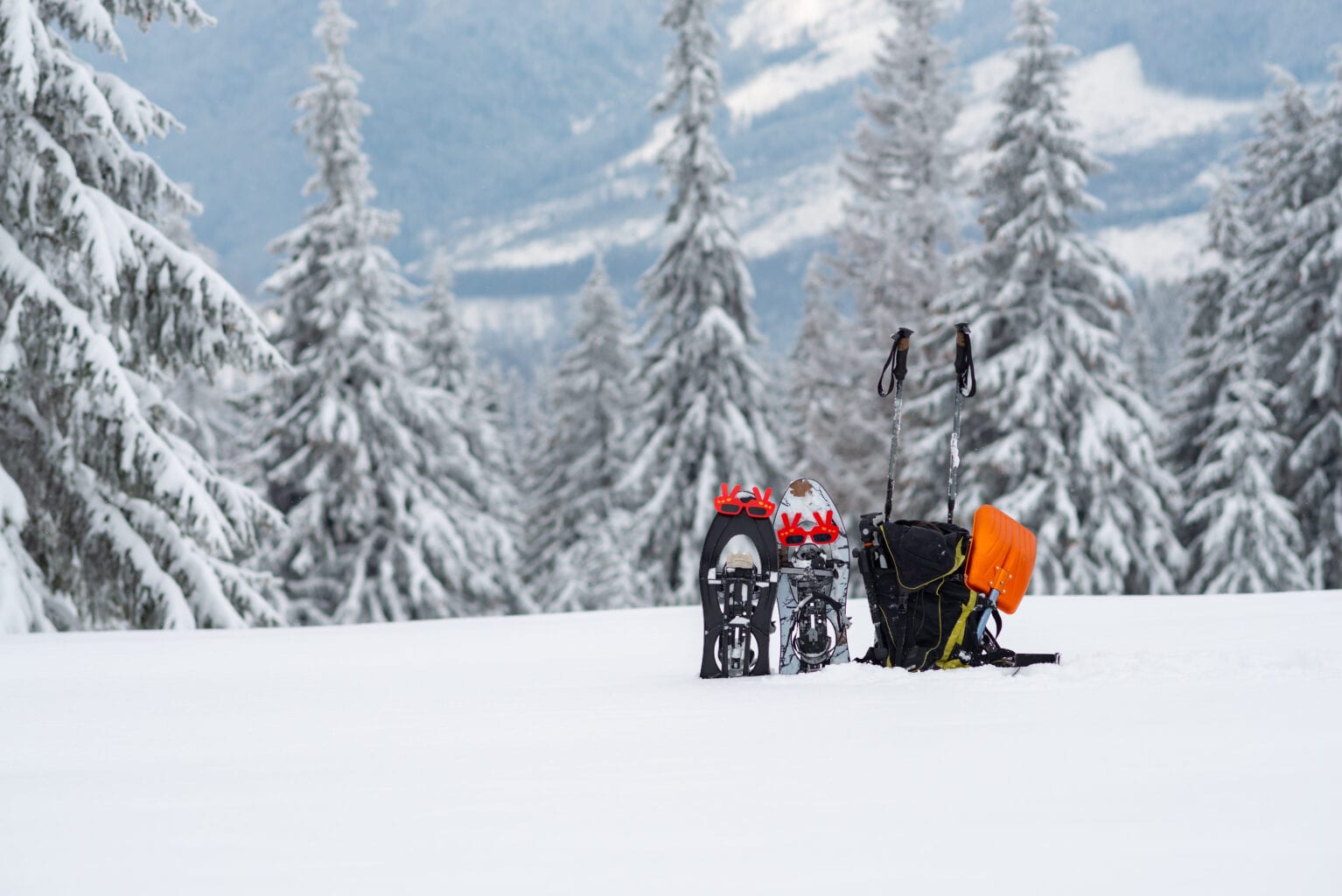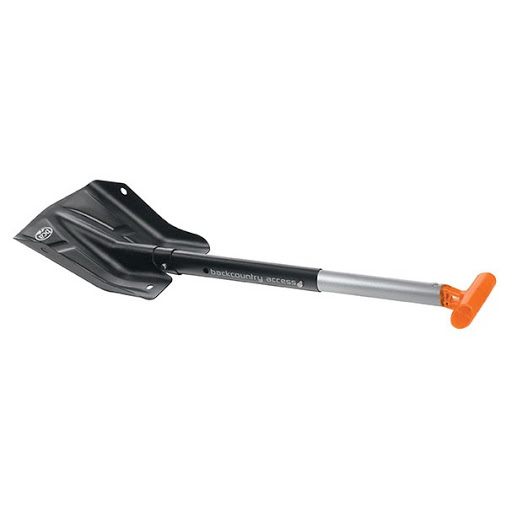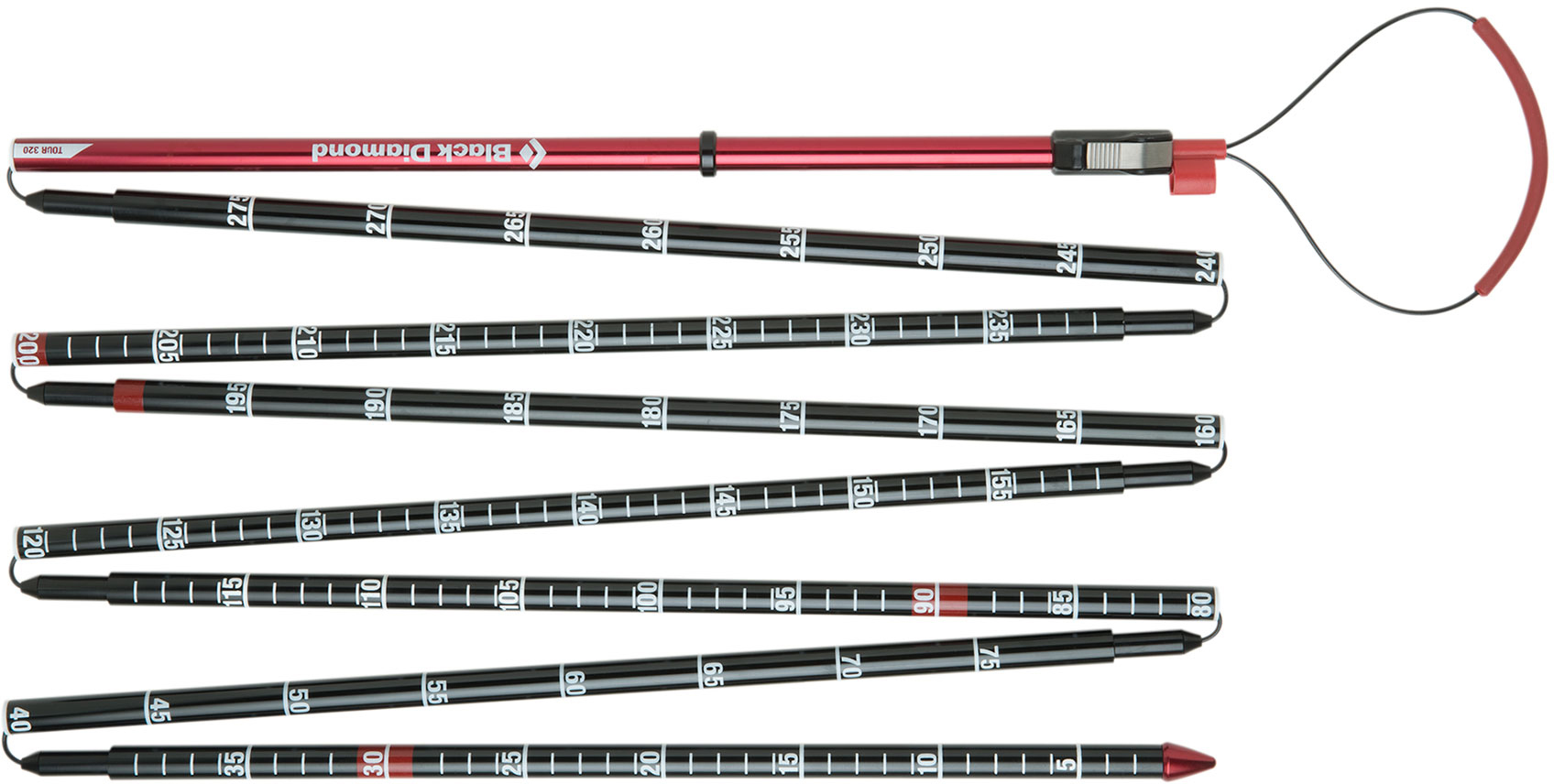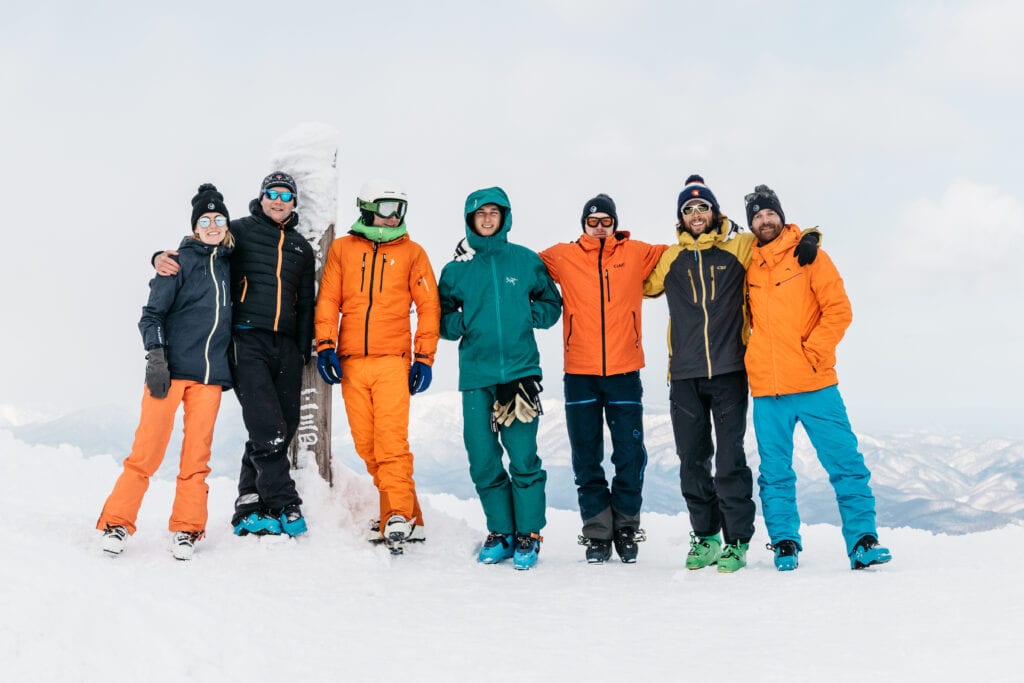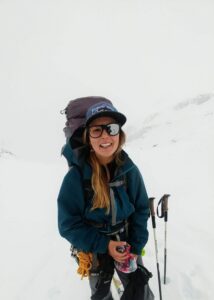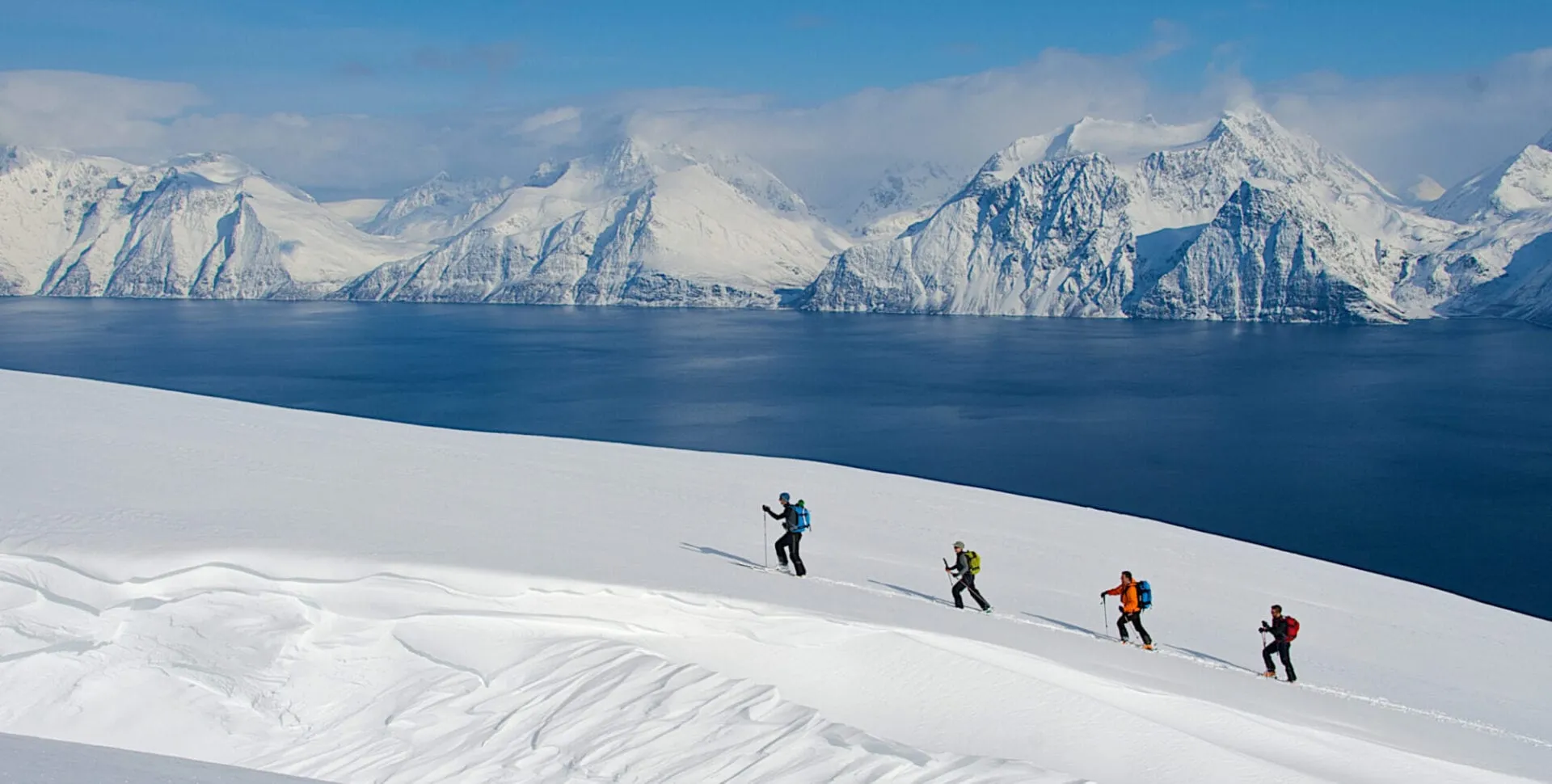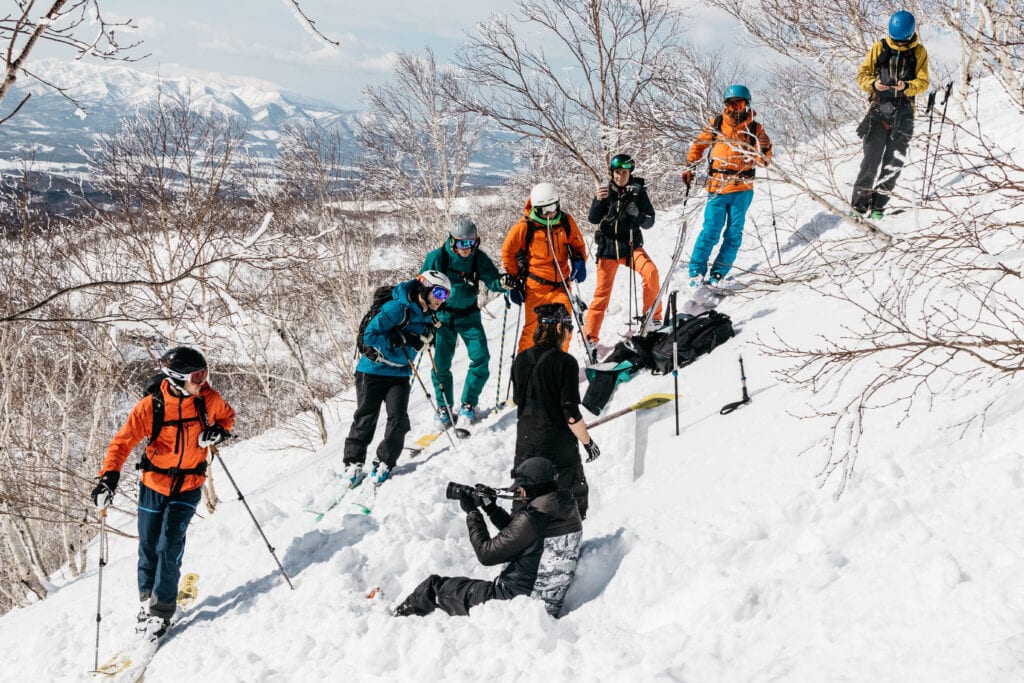
What Is an Avalanche Safety Training Course?
A great example of an introductory course is Avalanche Skills Training (AST 1) offered by Avalanche Canada. The AST 1 is a multi-day training program created for recreational backcountry users and will always be my number one recommendation for everyone to take. In this course, you will learn how avalanches are formed, how to identify avalanche terrain, as well as companion rescue skills. There is a classroom theory portion as well as practical training in the field.
Back in the 70’s, avalanche courses were developed for avalanche industry workers as well as true backcountry aficionados. Nowadays, you don’t need any previous backcountry experience to enrol. In fact, it’s best practice to take an AST 1 course before ducking those ski boundary lines. Here’s what you can expect to learn:
- Avalanche formation and release
- How to identify avalanche terrain
- The basics of trip planning
- Optimal use of tools and resources like the avalanche forecasts to mitigate your avalanche risk
- Using appropriate travel techniques in avalanche terrain
- Intro to companion rescue
What Do You Need in an Avalanche Kit?
Now you’ve registered for a course, it’s time to gear up! Many courses offer the option of renting avalanche gear; however, investing in your own equipment and becoming proficient with these items is invaluable. These are the essential items to pack every time you gear up for a day in the backcountry:
- Avalanche Transceiver (or beacon)
- Shovel
- Probe
You will also need a good pack to carry your gear (and tasty snacks of course). Here are my favourite brands and models of avalanche safety equipment:
1) Beacon: Mammut Barryvox
- Has one of the longest maximum ranges and largest search strip widths of any beacon (70m)
- Very user-friendly
- Excellent signal lock and marking/flagging functions
2) Shovel: BCA B-1 EXT
- Highly versatile and convenient to use
- Lightweight design and optimal dimensions
- Large and flat blade for efficient shovelling and pit digging
3) Probe: Black Diamond Quickdraw Non-Slip Grip
- Rapid deployment stuff sack that integrates with the pull cord
- Dual Quickdraw speed for extremely fast assembly
- Non-slip grip provides secure purchase, even with wet gloves
Making New Backcountry Ski Friends
Another reason to register for an Avalanche Safety Training Course is to meet other like-minded people who are learning all of this information alongside you. Many friendships are forged during these courses. And the best part? You are now stepping into the backcountry knowing that your partner has avalanche rescue skills and the education to help make informed decisions. Always remember, everyone in your party should have the necessary safety gear and training. The friends you choose to ski with are the ones responsible for rescuing you.
I hope this informs and inspires you to take an Avalanche Safety Training Course. It’s the first step towards enjoying everything that backcountry skiing has to offer; escaping the crowds, chasing fresh powder, and exploring the mountains with your friends. It doesn’t get much better than that!
If you’d like to combine an Avalanche Safety Training Course with an Introduction to Ski Touring or another ski trip with Mabey Ski, please reach out to our backcountry specialists at [email protected] and they’ll make it happen.
For further information on avalanche conditions & forecast, AST 1 course dates, and other general information check out these resources:
Know Before You Go
Avalanche Canada
European Avalanche Warning Services
AVALANCHE.ORG (USA)
New Zealand Avalanche Advisory

